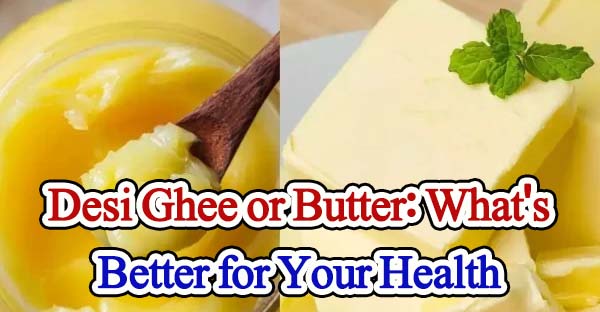When it comes to cooking and adding flavor to meals, Indians often turn to two popular options: desi ghee and butter. Both have their own unique characteristics and nutritional profiles, leaving many to wonder which one is better for their health.
Desi ghee, also known as clarified butter, has been a staple in Indian cuisine for centuries. It is made by heating butter to separate the butterfat from the milk solids, resulting in a clear, golden liquid with a nutty flavor. Ghee is rich in fat-soluble vitamins A, D, E, and K, as well as conjugated linoleic acid (CLA), a potentially beneficial fatty acid.
On the other hand, butter is a dairy product made from the fat of milk. It is high in saturated fats, which have been linked to increased cholesterol levels and heart disease risk. However, butter also contains some vitamins and minerals, such as vitamin D and calcium.
So, which one is better for your health? The answer depends on various factors, including your dietary needs, lifestyle, and personal preferences.
Here are some key differences to consider:
- Fat content: Ghee has a higher smoke point than butter, making it a better choice for high-heat cooking. However, butter is higher in saturated fats.
- Vitamins and minerals: Ghee is richer in fat-soluble vitamins, while butter contains more calcium and vitamin D.
- Calorie count: Both ghee and butter are high in calories, but ghee has a slightly lower calorie count per tablespoon.
Ultimately, moderation is key when it comes to consuming ghee and butter. Both can be part of a healthy diet when consumed in limited amounts and balanced with other nutrient-dense foods.
Source:
- Healthline: “Ghee vs Butter: Which is Healthier?”
- Times of India: “Ghee or butter: What’s better for your health?”
- India Today: “Ghee vs butter: The ultimate showdown”





